

How to increase product engagement for SaaS like a Pro: Part 2 - 17 Strategies!
How to increase product engagement for SaaS like a Pro: Part 2 - 17 Strategies!
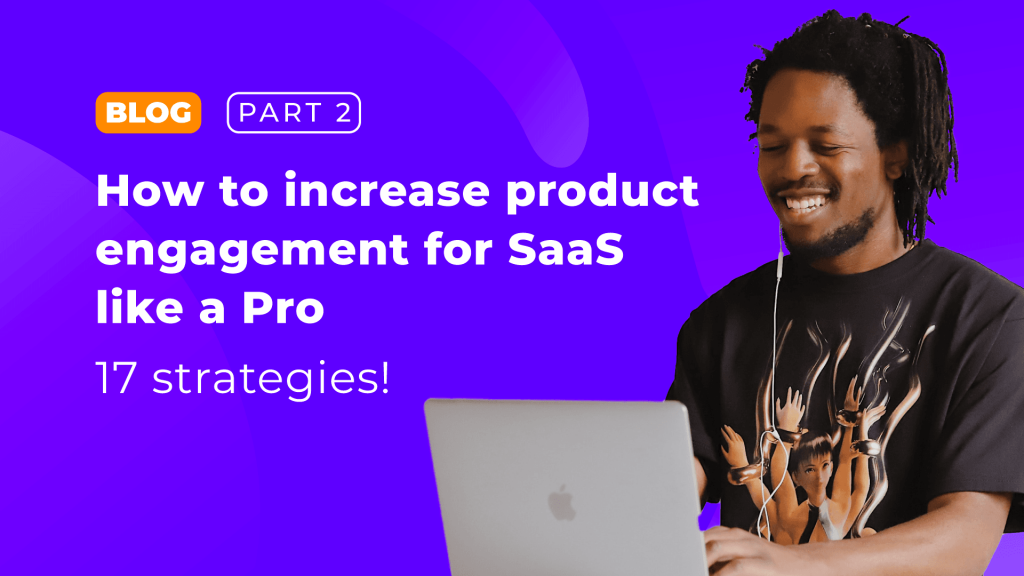
This article explores proven strategies to enhance product engagement, a critical factor for SaaS success.
In part 1 we established user engagement as the fundamental growth driver for SaaS. In short, more engagement means increased retention & lifetime value! So what can you do? In this article, we gathered 17 actional product engagement strategies for SaaS! Discover how tactics like gamified onboarding & personalized notifications can boost your engagement!
- Why increasing product engagement is a must for SaaS success
- Customer engagement vs product engagement
- The difference between users & customers
- User engagement - Essential to improving the product adoption rate
- How to develop the best product engagement strategies in 2022
- 17 actionable strategies to increase user engagement
- FAQ
Why increasing product engagement is a must for SaaS success
The lower your user engagement, the higher your churn. And churn is fatal to SaaS! According to Katie Pierce, retaining customers proves more cost-effective than acquiring new ones, given the notably higher costs associated with acquisition. Additionally, engaged users have a higher lifetime value, as they buy and refer more!
Product engagement vs Customer engagement
While customer engagement is more about driving metrics like session frequency and duration, product engagement goes deeper into usage with metrics like feature adoption & stickiness. Amazingly, both metrics contribute to one another. In other words, you need both customer and product engagement strategies to succeed.
The difference between users & customers
In SaaS, the customer and user are often two different people. First, you have users, these are the people that interact with your product. Then, you have customers, the people who are actually paying for your software. Of course, your definition might differ depending on your strategy, as some use premium models, while others rely on enterprise customers.
User engagement - Essential to improving the product adoption rate
Improving user engagement is the best way to stimulate product adoption. For one, engaged users tend to spend more time exploring your platform. You can use that behavioral data to make the experience more relevant for them! That will ensure they reach the magical AHA moment where your value becomes clear!
Power up your product engagement! Start reading our ultimate SaaS growth guide for User Activation.
How to increase product engagement in 2022
A plurality of business professionals will tell you that their top priority is the customer experience. Why? Because top experiences lead to happy customers and eventually growth! The right product engagement strategies will lead users to engage and let your CX work its magic.
With that in mind, let’s discover 17 of the best product engagement strategies out there today.
17 actionable strategies to increase product engagement
#1 Optimize onboarding with fewer screens
According to research by the product success tool Chameleon, the optimal onboarding length has 3 screens. As you add steps, completion rates fall from 72% to as low as 45%. That’s over half of new users churning before they can even try out your product! DeepFit for instance lets you set up a personalized profile in just 3 screens.
#2 Drive user engagement with a clear CTA
Friction can prevent initial product engagement. Are your users dropped onto a page with no clear purpose, or trialing features with no end goal in mind? Frame your user’s first steps with a powerful CTA that primes them for the AHA moment!
Take Box, for instance. Their CTA is a straightforward “get started”, accompanied by the line “simplify how you work” which makes the benefits of using Box crystal clear.
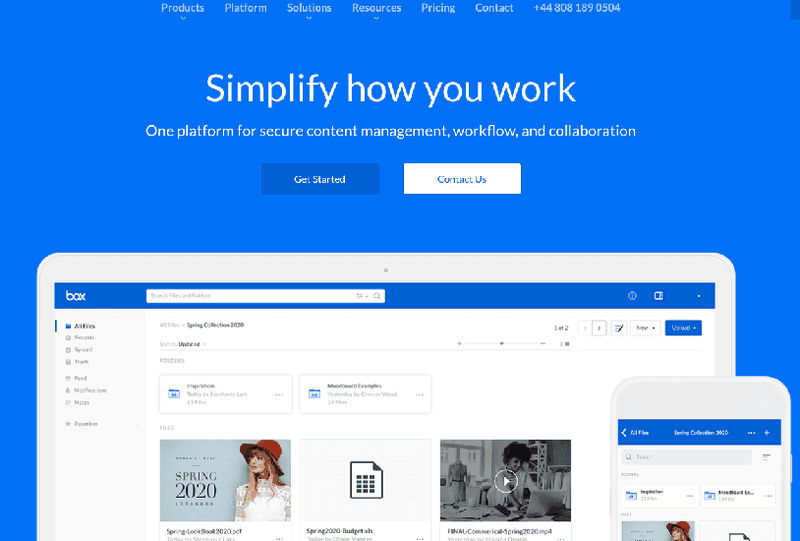
This example from Box shows how a simple but powerful call-to-action can guide new users and effectively drive product engagement from the start.
#3 Personalize your UI with templates
Typeform is a form-builder. Their onboarding starts by asking a few questions about your goals & uses for the product. Then, they provide a tailored interface with templates that you might find interesting. It’s a great way to get your users started faster, and have them see the value immediately.
#4 Reinforce user engagement with triggered messaging
This product engagement tactic relies on the psychology of positive reinforcement. When your user is making progress or getting results, let them know! The social media app Buffer for instance notifies users when one of their posts is doing well.

Buffer's timely notifications serve as positive reinforcement, encouraging users to continue interacting with the platform to achieve similar results.
#5 Skip tutorials and pick tooltips & hotspots
Sometimes tutorials can be overwhelming. Instead, try using tooltips to recommend or explain features as Slack does! What’s great about this approach is that you’re not overwhelming users from the start but incrementally adding information to increase product engagement.
#6 Turn tutorials into gamified “quests”
Not all users like tutorials. As a result, lots of users end up skipping them and sometimes missing critical information for their success. Instead, you can make your tutorials on-demand and more fun! Support software Freshdesk for example has these quick gamified missions that allow you to earn badges & points to rank on their company leaderboard. User interaction is a great way to increase product engagement.
#7 Use gamified checklists to trigger user engagement
You can use these checklists for onboarding, but also for in-app tutorials or to trigger certain actions. Content marketing solution StoryChief for example uses an onboarding checklist that also drives referrals. This gamified checklist fits all the best practices. First, they create a sense of “endowed progress” by already completing the first step. Additionally, they visualize progression with a progress bar.

This gamified checklist from StoryChief effectively uses psychological principles like endowed progress to motivate users to complete the onboarding process.
Put your product engagement strategies to work with app gamification! Book and secure your expert-led workshop & learn how to make a sticky gamified platform.
#8 Prompt users to customize their own experience
LinkedIn for instance encourages user customization and boosts product engagement by strategically employing pop-up reminders. These reminders motivate users to personalize their feed with relevant hashtags. When users decide to do so, LinkedIn already suggests a few hashtags that might be relevant to them. This personalized customer experience is a fantastic means for cultivating loyal users.
#9 Tease the value of going premium
Another nudging example from LinkedIn is its nudge towards its premium solutions. They do this by teasing some of the available information to showcase the value of upgrading. It doesn’t feel intrusive and relies on our natural curiosity to explore. A great way to introduce users to the extended capabilities of your SaaS!
#10 Give your software personality with friendly faces
Reciprocity is a powerful psychological trigger. Essentially, you give some, you get some, like a free trial for instance. But an often-overlooked element of reciprocity is a friendly face! Content management tool Kontentino did this amazingly by using “Hana”, the head of customer success as an avatar. After linking your first account, Hana’s there to thank you with a funny GIF!

Kontentino's use of a friendly avatar and celebratory GIFs personalizes the user experience, making interactions more memorable and engaging.
#11 Use integrations to increase your value
The popular CRM Salesflare for instance does this by suggesting to connect your email contacts automatically. This of course immediately adds a ton of value to their platform. Not only does it make Salesflare more compelling to use, but it also makes it harder to churn. Additionally, you can even connect your calendar to never miss a meeting.

By prompting users to integrate their existing tools like email, Salesflare immediately enhances the platform's value and user stickiness.
#12 Send regular re-engagement emails
Grammarly for instance sends a weekly re-engagement email in which they use gamified elements like achievements and competition. For example, it features a writing streak coupled with achievements and a leaderboard that compares productivity, accuracy & vocabulary against other Grammarly users.
#13 Provide instant support through live chat
In 2022 users want assistance exactly when they need it. Having them wait can lead to frustrations and eventually churn. Website operation platform Pantheon for example improved its average response time from 30 minutes to under two minutes by adding a live chat feature.
#14 Foster user engagement through community
The influence of social relatedness can be fostered in many ways. In fact, this is one of the most powerful product engagement strategies. Amity states that active in-app communities boost user retention rates by 40%! The “Refresh” community by Freshdesk for instance includes support content, upcoming events & a community feed. Additionally, their community pages feature a gamified leaderboard where users can rank based on points they’ve earned by answering questions in the community.
The easiest way to create an amazing reward system? Gamify your app with our app gamification software & user engagement by +50%!
#15 Ensure feature discovery with highlights
Feature discovery is essential to keep user engagement. You should look at every feature launch as a new micro-onboarding. It can as simple as adding “NEW” right next to it as Asana did for its reporting feature. Alternatively, you could use things like pop-ups, in-app messaging, or even targeted e-mail to promote new features.
#16 Leverage ‘stored value’ to install user habits
Some SaaS platforms become more valuable the longer that a user spends on them. For example, cloud storage software like Dropbox uses this to its advantage. Every user starts out with free storage space. You can even partake in gamified challenges to get more free space! However, once you finally pass that space you’re more likely to pay rather than to transfer all your files to a new service.
#17 Retargeting ads catch those most likely to engage
Don’t give up on lapsing users - they are your most valuable target group. In fact, reengaged users have a 152% higher user engagement rate than new acquisitions! We recommend personalizing your ads towards existing users with low engagement. For example, show them what they are missing out on, or offer live support or training content,...
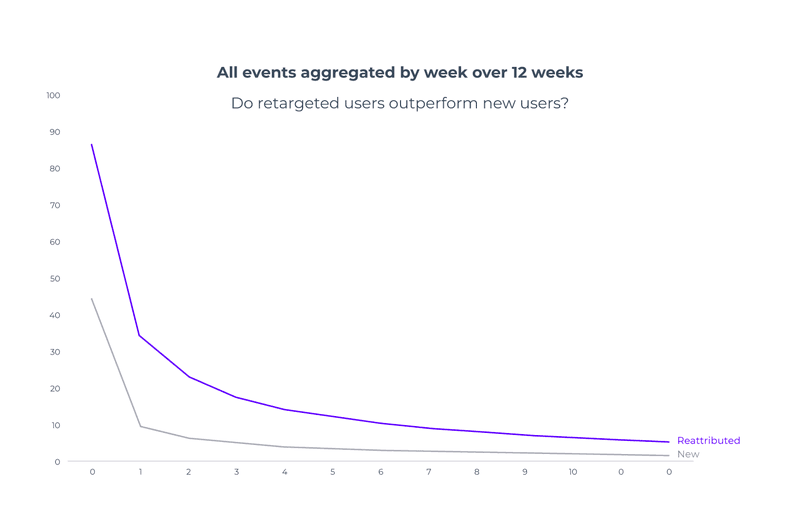
This graph illustrates the high engagement rate of re-engaged users, underscoring the value of retargeting campaigns for SaaS growth.
FAQ
Why does SaaS need to increase product engagement?
The lower your user engagement, the higher your churn - and churn is fatal to SaaS! According to User Pilot, retaining customers proves more cost-effective than acquiring new ones. Additionally, engaged users have a higher lifetime value, as they buy and refer more!
What is the difference between users and customers?
First, you have users, these are the people who interact with your product. Then, you have customers, the people who are actually paying for your software. Of course, your definition might differ depending on your strategy, as some use premium models, while others rely on enterprise customers.
Are customer engagement and product engagement the same thing?
While customer engagement is more about driving metrics like session frequency and duration, product engagement goes deeper into usage with metrics like feature adoption & stickiness. Most importantly, both metrics contribute to one another. So, you need both customer and product engagement strategies to succeed.
Related Posts
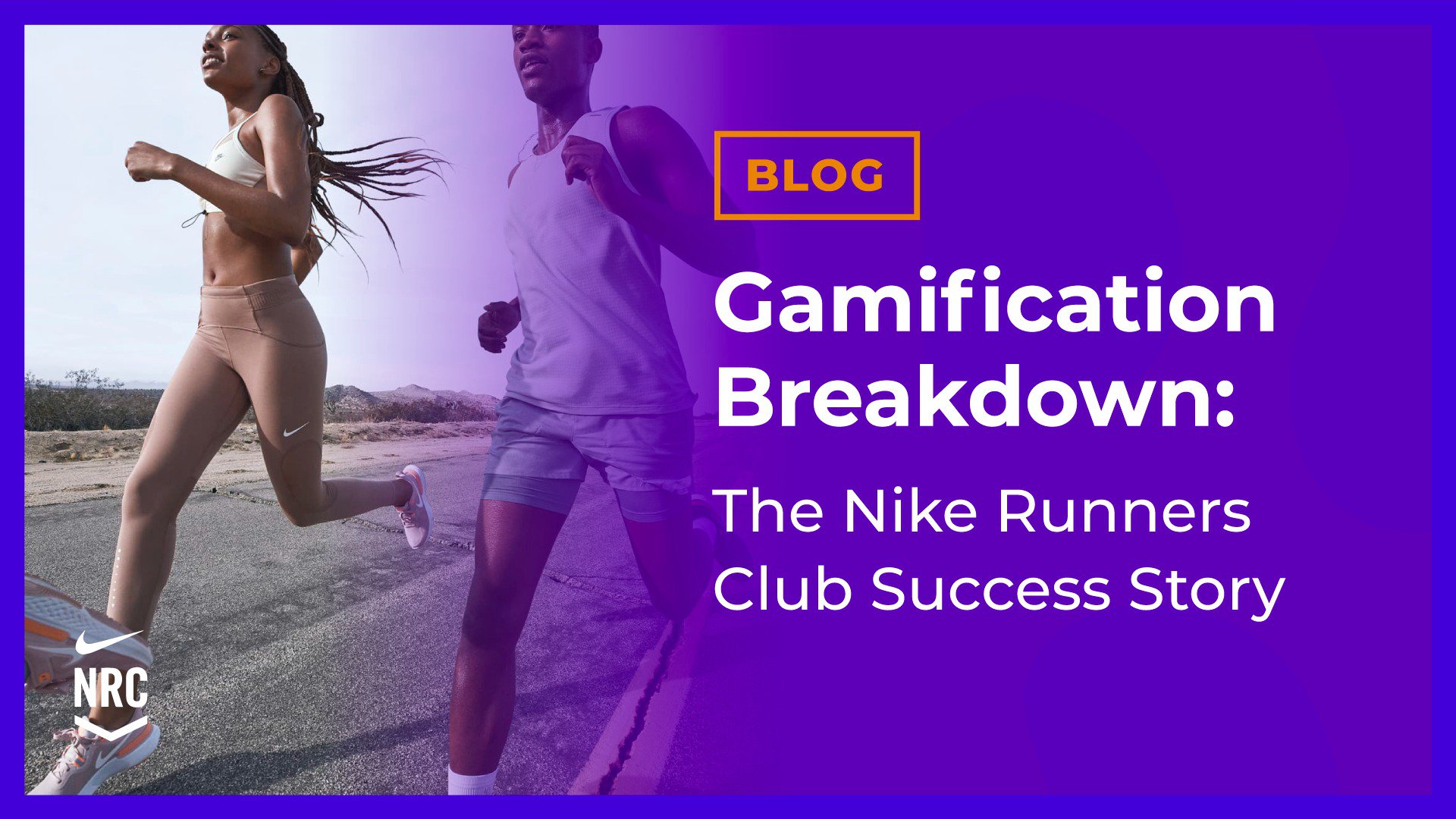
5 Gamification examples that make Nike Run Club a top running app
With average dropout rates of 71%, how do apps like Nike Run Club become the #1 running app worldwide? The app uses gamification to bundle usefulness and fun into one experience. Besides creating a community of loyal ambassadors, it drives up revenue and data collection as well. Want to do the same for your app? Check out these 5 gamification examples from the Nike Run Club!
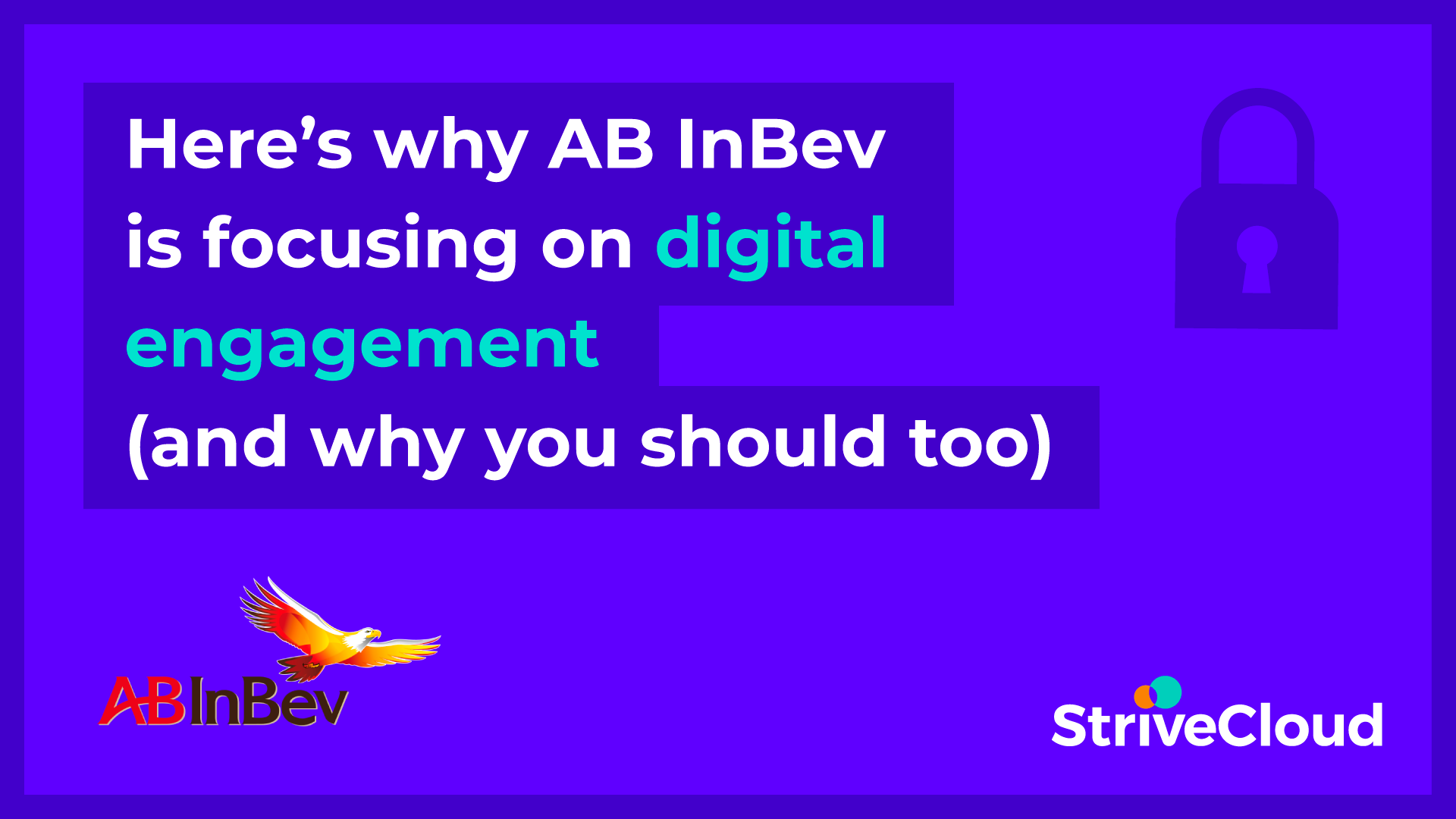
Interview: Here’s why AB InBev is focusing on digital engagement (and why you should too)
AB InBev, the biggest brewery in the world and also an avid sponsor of live sports events, is shifting focus to better serve its customers during the Corona outbreak. We had the opportunity to interview the AB InBev Europe innovation lead Michael Codd about handling communication, digital brand activation and esports.

